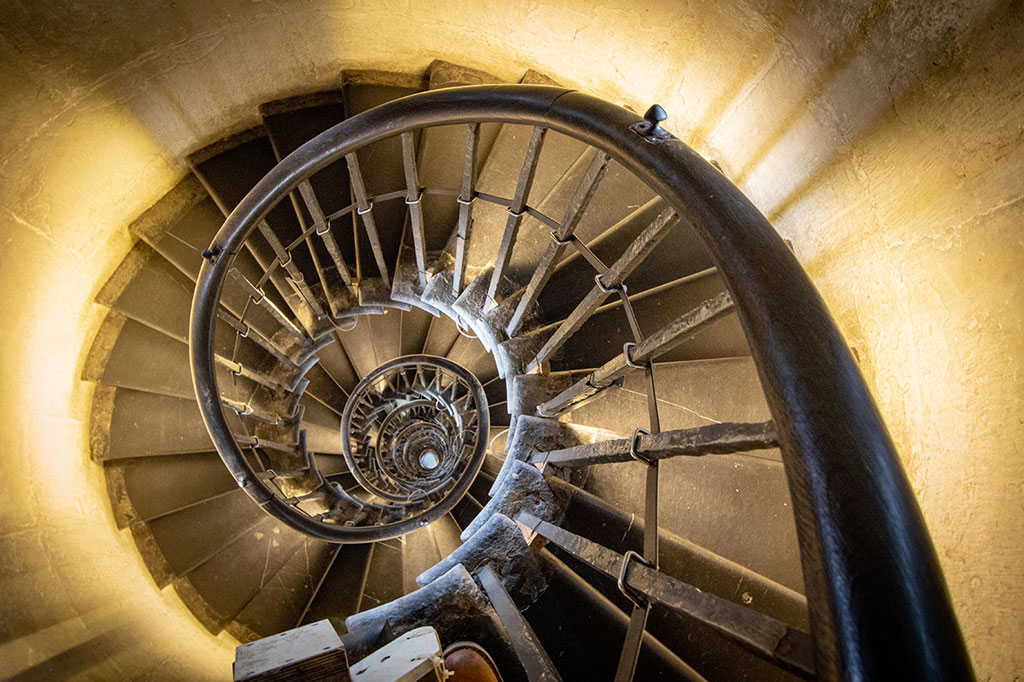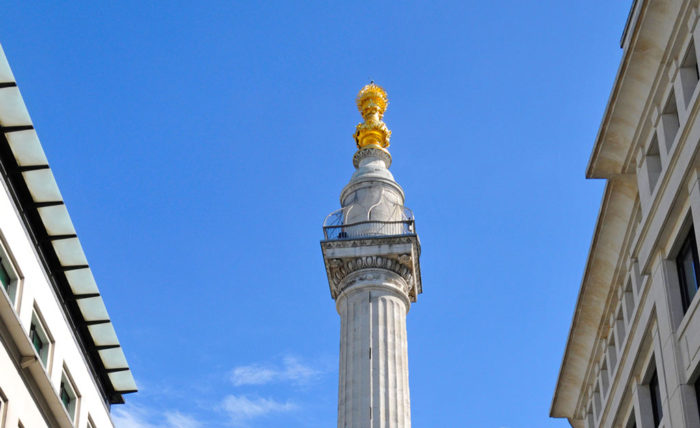Facts about the Monument to the Great Fire of London
Facts, figures and stories about the Great Fire of London landmark.
If you want to see the impact a disaster can have on a city, look no further than the Monument to the Great Fire of London. The famous 1677 landmark, on the corner of Monument Street and Fish Street Hill, is a reminder of one of the most significant events in London’s history.
On 2 September 1666, a fire broke out at the house of the king’s baker, Thomas Farriner, in Pudding Lane. As most of the city’s buildings were built from wood and there were limited resources for putting fires out in those days, the blaze raged for four days and devastated the city. It spread across 436 acres of London, destroying a third of all buildings including 13,200 houses and around 89 churches. Fortunately, only six people died, but a further 130,000 were left homeless.
The fire was finally extinguished on 5 September, but it would take nearly 50 years and millions of pounds to rebuild the city. The Monument commemorates the Great Fire near to where it all began while also celebrating the modern city that eventually rose from the ashes.
London would change dramatically as a result: roads were widened, thatched roofs were banned, and many new buildings were constructed out of brick and stone. The Monument itself took six years to build as the Portland stone it was constructed from was difficult to source.
It was co-designed by Sir Christopher Wren, the architect who built St Paul’s Cathedral, and the now Grade I-listed structure is the tallest isolated stone column in the world. The fluted Doric column is topped with a golden flaming orb and gold leaf gilding to represent the fire, while the base contains inscriptions in Latin telling the story of the blaze.
As such, the Monument not only offers stunning views of the city, but an insight into our nation’s history and what it took to restore our glorious capital.

Strange but true
The Golden Boy of Pye Corner, a statue on the intersection of Giltspur Street and Cock Lane, marks the spot where the Great Fire of London was finally extinguished. The 17th-century chubby cherub was a reminder that gluttony caused the blaze.
Did you know?
Sir Christopher Wren’s original design included a giant Zenith telescope connected to a laboratory hidden in the base of the column.
In numbers
- 202 Distance (in feet) from the base of the Monument to spot where the fire started
- 202 Height (in feet) of the Monument
- 6 Number of people who died in the Great Fire of London
- 311 Number of steps to the viewing platform at the top
- 169,566 Total visitors to the Monument last year* platform




